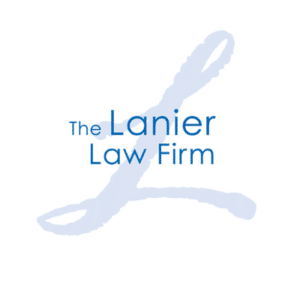Video Transcript:
“Hey, it’s Mark Lanier. A lot of people are asking about my thoughts on the recent failure of J & J’s effort to limit their talc liability through the use of bankruptcy courts in what has affectionately been called the Texas Two Step. It’s called this because it’s the effort of someone who is still solvent to use the bankruptcy courts by moving liabilities into a company that becomes insolvent and then letting that insolvent company file bankruptcy and bring in the other company that is still solvent. This has been done not just the effort by J&J, but it’s one that’s being tried by 3M in the cases that deal with hearing loss issues. Those are cases where the hearing loss prevention provided by the US Military was at least, as found by a number of juries, did not protect hearing as it was intended to, and so you’ve got these cases that have arisen, and what 3M is seeking to do is to use the bankruptcy courts. Not to put 3M into bankruptcy itself because they’re plenty solvent. They’ve got enough money to deal with this problem and everything else that’s facing them that at least I know of.
So the question becomes, does the J&J ruling have an effect upon 3M and others who might try this, and the answer, I think, is clearly going to be yes. It tells companies that you can’t manufacture a use for bankruptcy courts. Bankruptcy courts exist when you cannot afford to continue business because of various debts. It should be used for that and not as a manipulation ploy for wealthy companies to avoid paying their liabilities. I think that’s what the courts will continue to hold. We’ll see if I’m right.”








